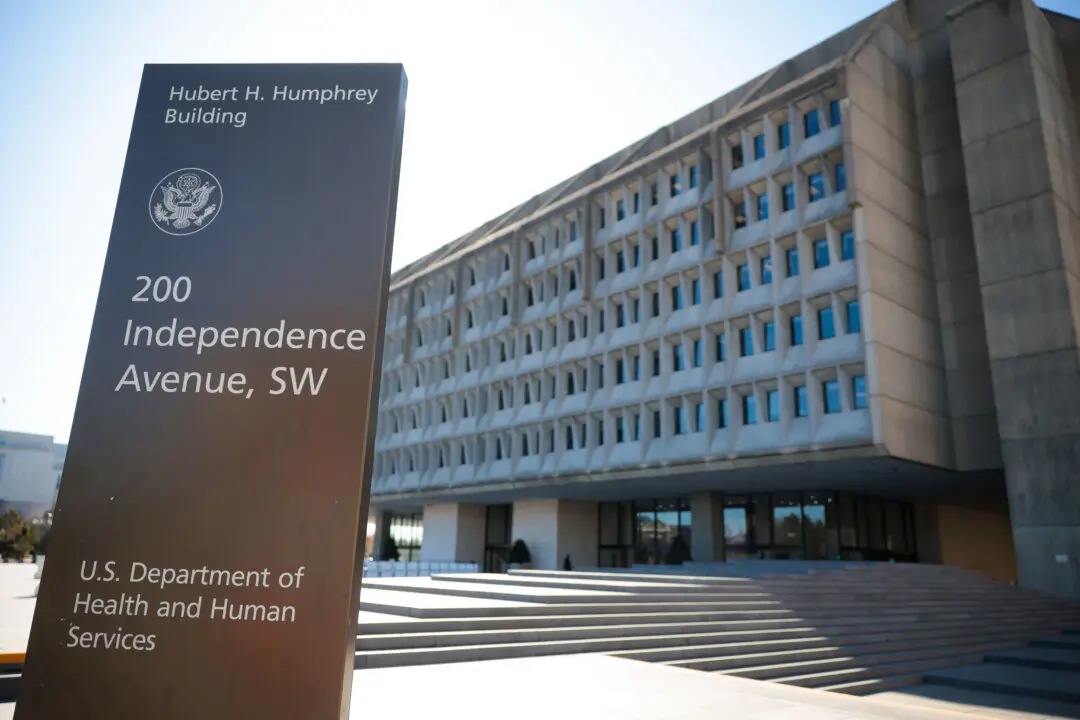While some governors have started to let their states reopen from restrictive lockdowns implemented to try to slow the spread of the CCP virus, others are extending the mandates.
The CCP (Chinese Communist Party) virus, a novel coronavirus that emerged from mainland China last year, causes the potentially deadly disease COVID-19. The virus has been linked to over 50,000 deaths in the United States.





